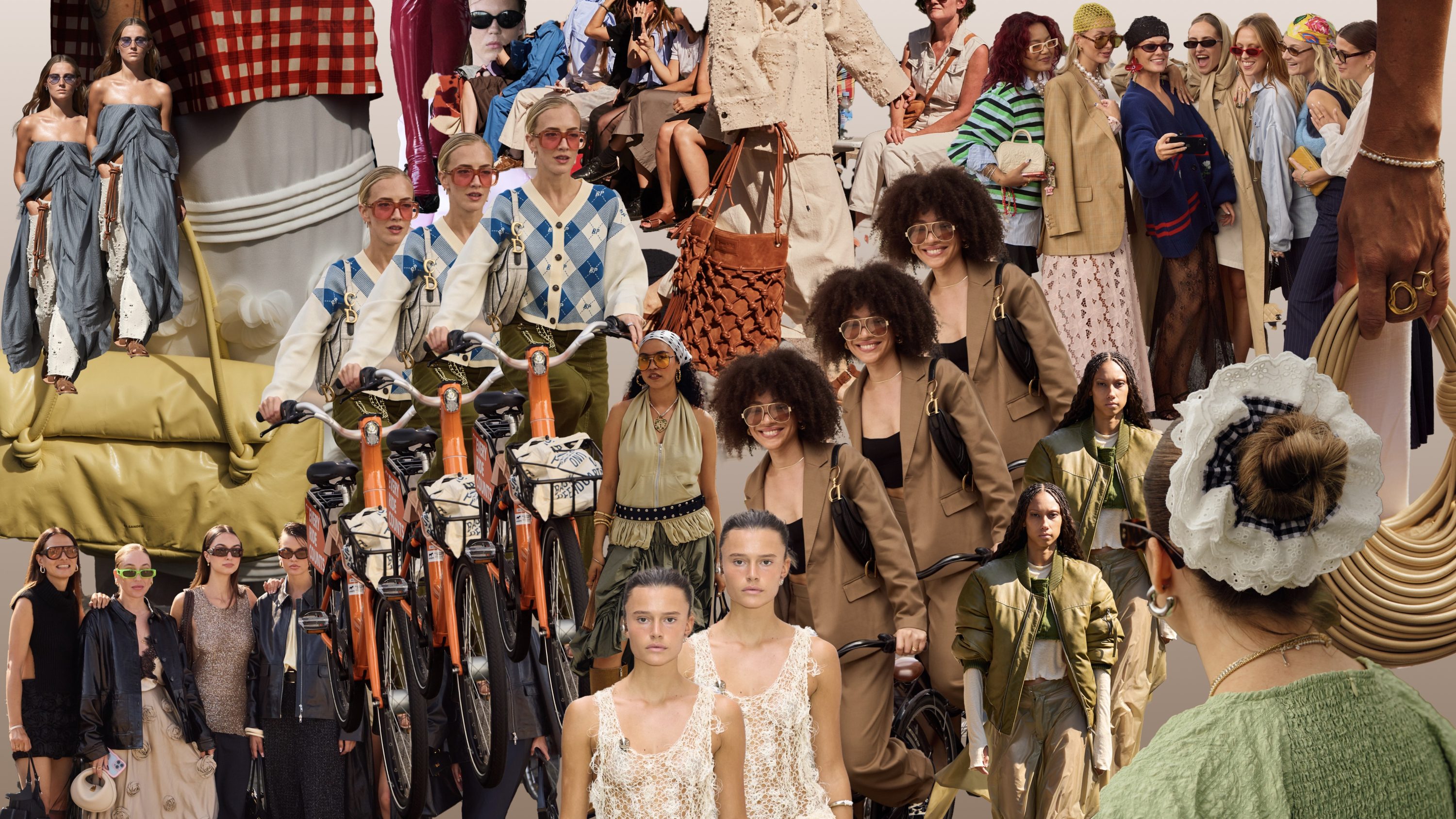Copenhagen Fashion Week has always been a beacon of innovation in the fashion world, and the recent Spring/Summer 2025 edition was no exception. This season showcased a blend of creativity and inclusivity that challenged traditional Scandinavian fashion norms, setting a new standard for the industry. From nurturing new talent to historic moments on the runway, here are the key takeaways from Copenhagen Fashion Week.
Nurturing New Talent:
One of the standout features of Copenhagen Fashion Week was the introduction of promising designers under the ‘One to Watch’ scheme. These emerging labels brought fresh perspectives to Scandinavian fashion, prioritizing sustainability and responsible practices. Designers like Sól Hansdóttir, Sarah Brunnhuber, and Bonnetje showcased zero-waste designs and reconstructed menswear, pushing the boundaries of traditional fashion norms. Their commitment to sustainability and creativity is redefining what it means to be ‘Scandi’ in the fashion world.
A Historic Walk on the Runway:
A truly historic moment at Copenhagen Fashion Week was when Lucy Edwards became the first blind person to walk the runway. Accompanied by her guide dog, Edwards strutted with grace and confidence, challenging preconceptions and opening up new dialogues about inclusivity in fashion. The collaboration between designer Sinéad O’Dwyer, the Danish Association of the Blind, and the non-profit organization Hair and Care showcased a level of consideration and accessibility that highlighted the industry’s growing acknowledgment that fashion is for everyone.
The Winds of Change: Trends and Strategies:
Amidst the creative displays and groundbreaking inclusivity, certain trends and strategies emerged that are likely to define the coming seasons. Capri pants, earthy textures, and outdoor-inspired designs were prominent, reflecting a desire to reconnect with nature and simplicity. Brands are also rethinking traditional wholesale models in favor of direct-to-consumer strategies and see-now-buy-now presentations, embracing immediacy and sustainability. Labels like (Di)vision and La Bagatelle are leading the charge in this shift towards more direct engagement with consumers.
A Season of Cautious Optimism:
Despite the economic challenges facing the fashion industry, Copenhagen Fashion Week exuded a mood of cautious optimism. Designers are adapting and finding new ways to thrive in a changing world, reinvigorating the essence of Scandinavian fashion. The focus on innovation, inclusivity, and sustainability at CPHFW offers a glimpse of a brighter, more inclusive future for fashion.
Street Style at Copenhagen Fashion Week:
In addition to the runway shows, Copenhagen’s streets became a stage for a vibrant mix of Nordic charm and global style. Street style at CPHFW showcased an effortless blend of minimalism and bold experimentation, with a strong focus on sustainability. Show-goers flaunted eco-friendly labels and vintage finds, creating a look that was effortlessly chic, practical, and rooted in conscious living.
Key Shows:
From OpéraSPORT’s celebration of timeless elegance to ROTATE’s party-ready looks, the key shows at Copenhagen Fashion Week highlighted the diverse and dynamic nature of Scandinavian fashion. Each show brought something unique to the table, from reimagining classic aesthetics to introducing bold new ideas. The SS25 season was a testament to Copenhagen’s ability to blend tradition with innovation, solidifying its position as a key player on the global fashion stage.
In conclusion, Copenhagen Fashion Week for Spring/Summer 2025 was a showcase of creativity, inclusivity, and sustainability. The event not only pushed the boundaries of Scandinavian fashion but also set a new standard for the industry as a whole. With a focus on nurturing new talent, historic moments on the runway, emerging trends, and key shows, CPHFW offered a glimpse into the future of fashion—one that is more thoughtful, diverse, and forward-looking.


